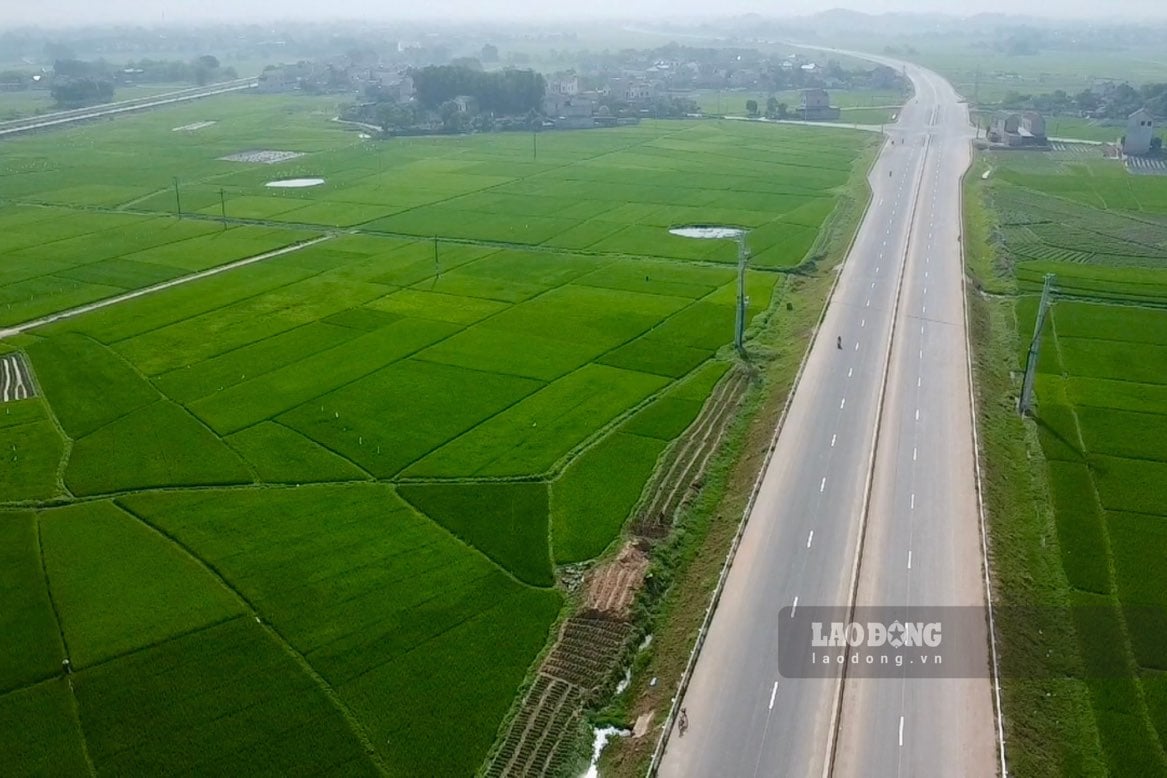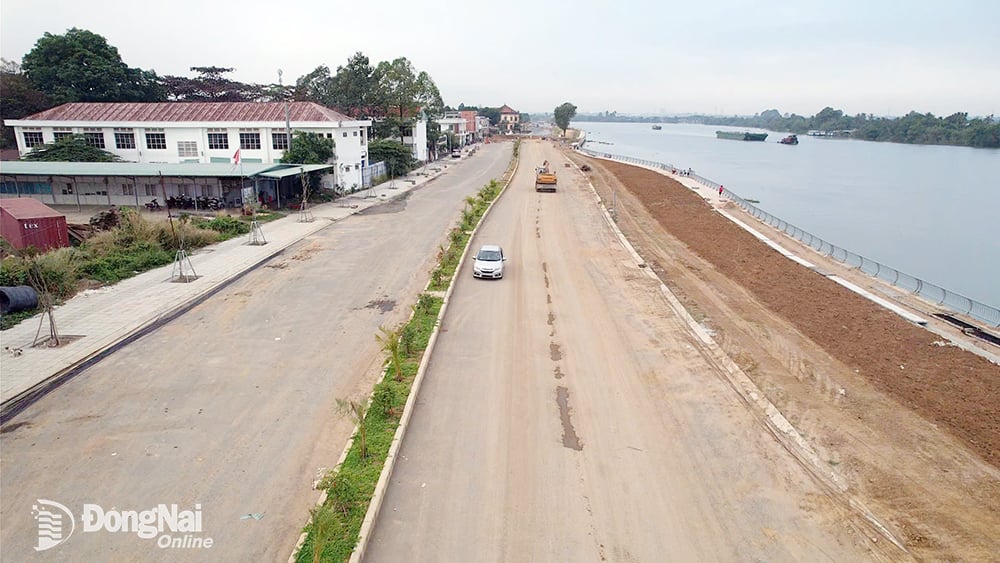(CLO) On January 8, according to local authorities, a total of 407 people were rescued from the rubble after a 6.8-magnitude earthquake shook Dingri County, Shigatse Prefecture in China's Tibet Autonomous Region on Tuesday.
Search and rescue work continues into the second day. The Tibet Autonomous Region Emergency Response Headquarters said a total of 14,668 emergency personnel are involved in rescue and disaster relief work.

Local police inspect the earthquake-affected area in Qutang Village, Dingri, Shigatse, Tibet Autonomous Region, January 7. Photo: GI/Xinhua
The 6.8 magnitude earthquake that struck on January 7 was one of the strongest in the region in years. The epicenter was in Tingri, in the Tibet Autonomous Region, about 80 kilometers north of Mount Everest. The tremors were felt as far away as Nepal, Bhutan, and India, shaking buildings there.
As of the morning of January 8, at least 126 people had been killed and 188 injured in Tibet. There were no reports of deaths in Nepal or neighboring countries.
Rescue teams have been deployed with more than 500 personnel and 106 ambulances to assist the injured. Initial reports indicate that 3,609 homes in the Shigatse area – home to around 800,000 people – have been completely destroyed.
By the end of January 7, relief supplies such as tents, food, generators and other necessities had been delivered to the scene. All damaged roads had also been restored to traffic.
With temperatures dropping as low as -18C at night, survivors trapped under the rubble face the risk of hypothermia and dehydration. The Tibetan region is at high altitude, adding to the challenge of the rescue effort.
Since the earthquake, more than 500 aftershocks with magnitudes up to 4.4 have been recorded, according to the China Earthquake Networks Center.
Southwestern China, Nepal, and northern India are frequently hit by earthquakes due to the collision of the Indian and Eurasian tectonic plates, which pushed up the Qinghai-Tibet Plateau. This is a seismically active region, especially the eastern and northern edges, where they meet Sichuan, Gansu, and Qinghai provinces.
Cao Phong (according to China Daily, Xinhua News Agency, Guardian)
Source: https://www.congluan.vn/dong-dat-o-tay-tang-407-nguoi-duoc-cuu-song-no-luc-cuu-ho-van-dang-dien-ra-post329497.html



![[Photo] General Secretary To Lam receives French Ambassador to Vietnam Olivier Brochet](https://vstatic.vietnam.vn/vietnam/resource/IMAGE/2025/4/17/49224f0f12e84b66a73b17eb251f7278)
![[Photo] Closing of the 4th Summit of the Partnership for Green Growth and the Global Goals](https://vstatic.vietnam.vn/vietnam/resource/IMAGE/2025/4/17/c0a0df9852c84e58be0a8b939189c85a)
![[Photo] National Assembly Chairman Tran Thanh Man meets with outstanding workers in the oil and gas industry](https://vstatic.vietnam.vn/vietnam/resource/IMAGE/2025/4/17/1d0de4026b75434ab34279624db7ee4a)
![[Photo] Promoting friendship, solidarity and cooperation between the armies and people of the two countries](https://vstatic.vietnam.vn/vietnam/resource/IMAGE/2025/4/17/0c4d087864f14092aed77252590b6bae)
![[Photo] Nhan Dan Newspaper announces the project "Love Vietnam so much"](https://vstatic.vietnam.vn/vietnam/resource/IMAGE/2025/4/17/362f882012d3432783fc92fab1b3e980)
























![[Photo] Welcoming ceremony for Chinese Defense Minister and delegation for friendship exchange](https://vstatic.vietnam.vn/vietnam/resource/IMAGE/2025/4/17/fadd533046594e5cacbb28de4c4d5655)




























![[Video] Viettel officially puts into operation the largest submarine optical cable line in Vietnam](https://vstatic.vietnam.vn/vietnam/resource/IMAGE/2025/4/17/f19008c6010c4a538cc422cb791ca0a1)






































Comment (0)